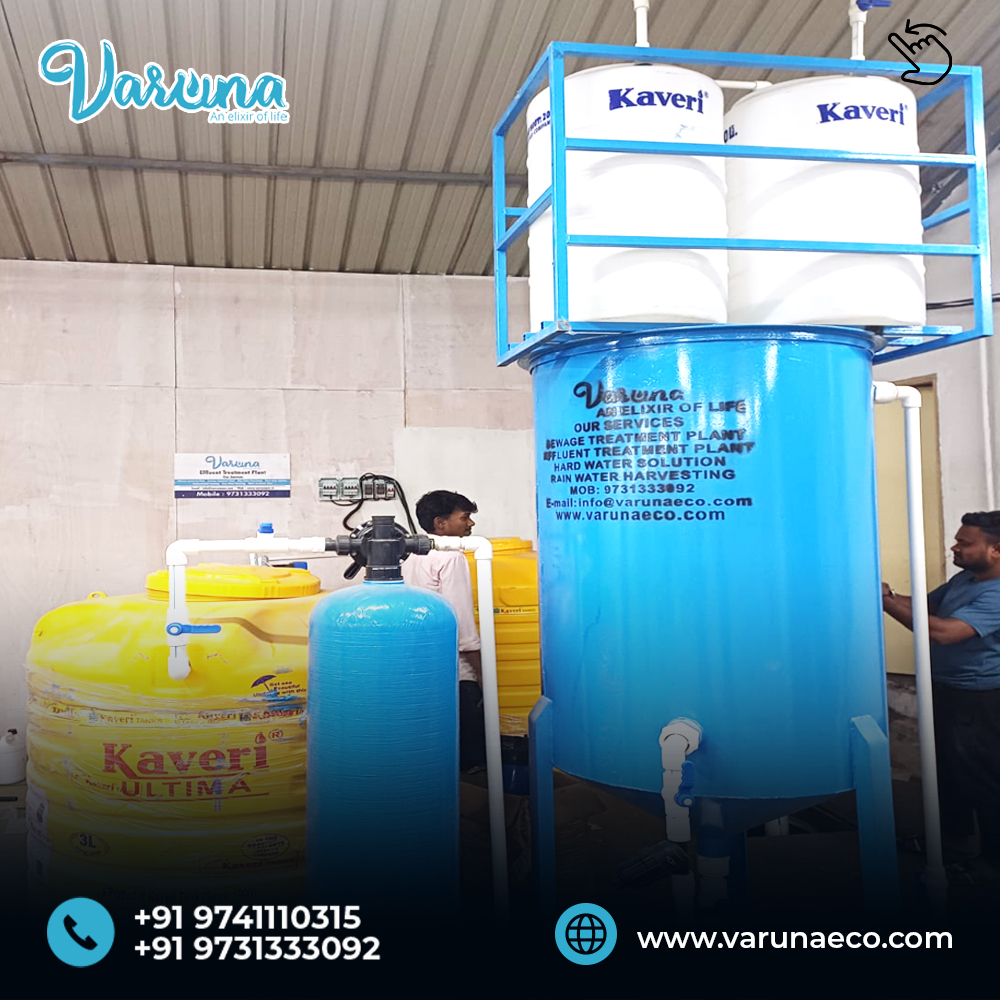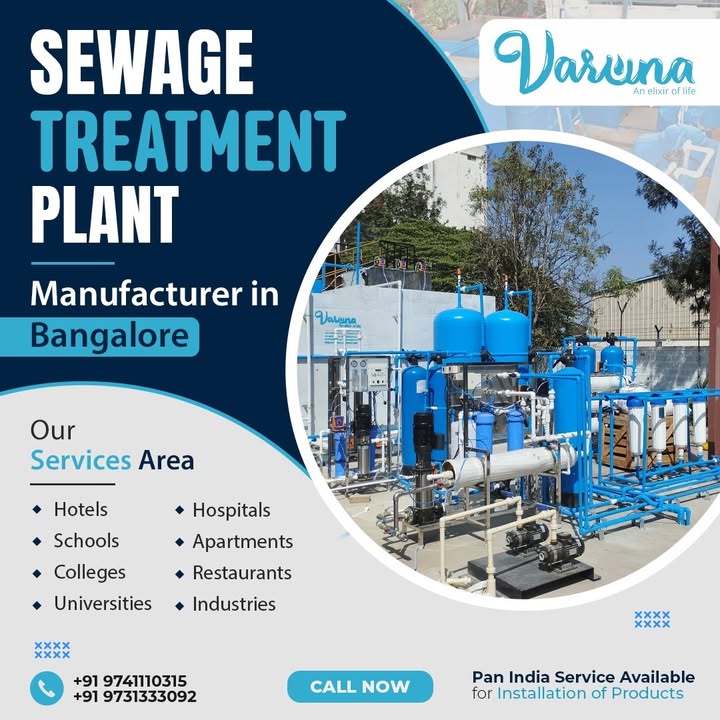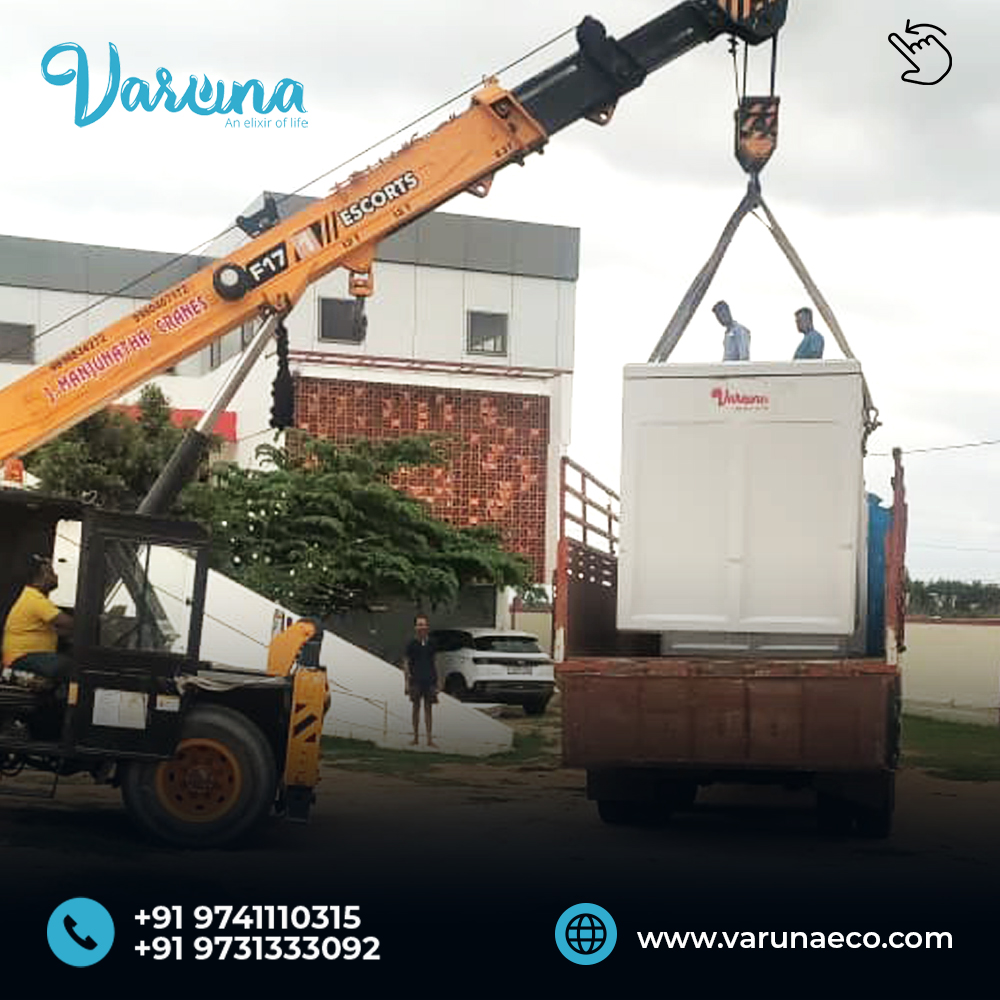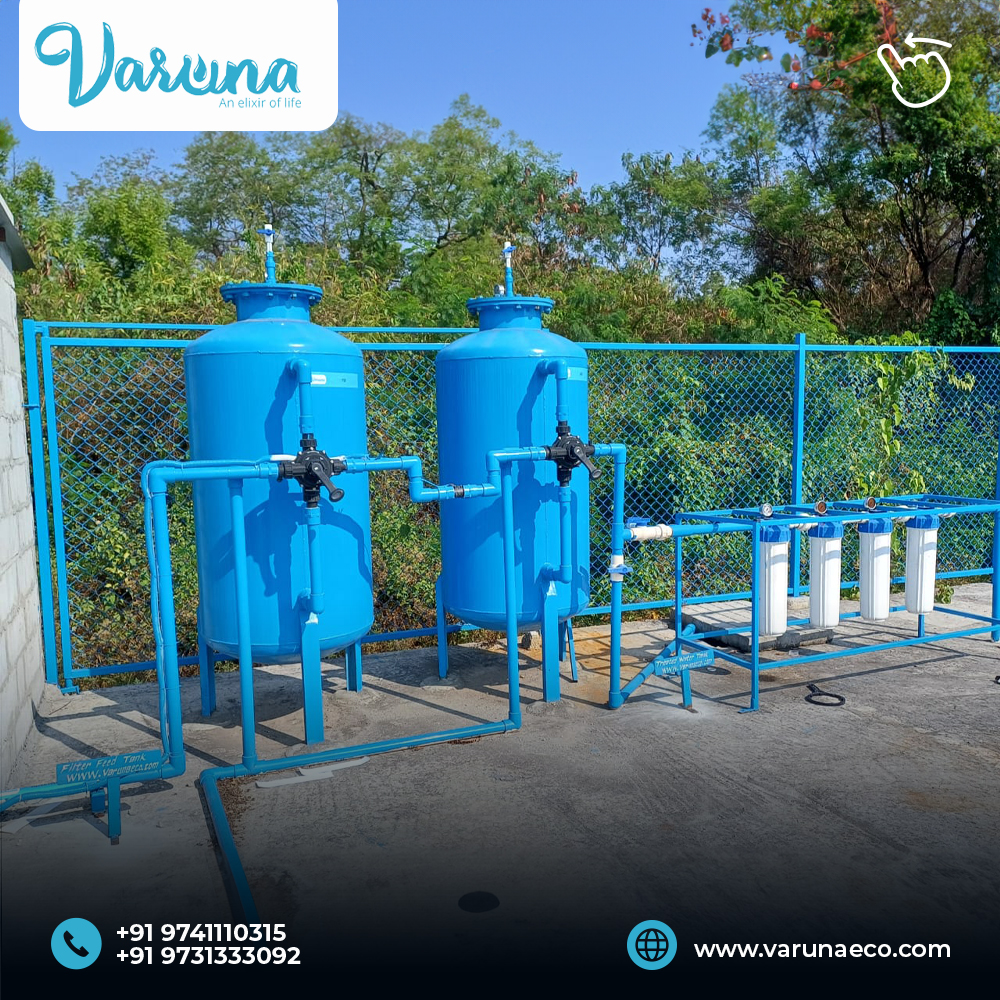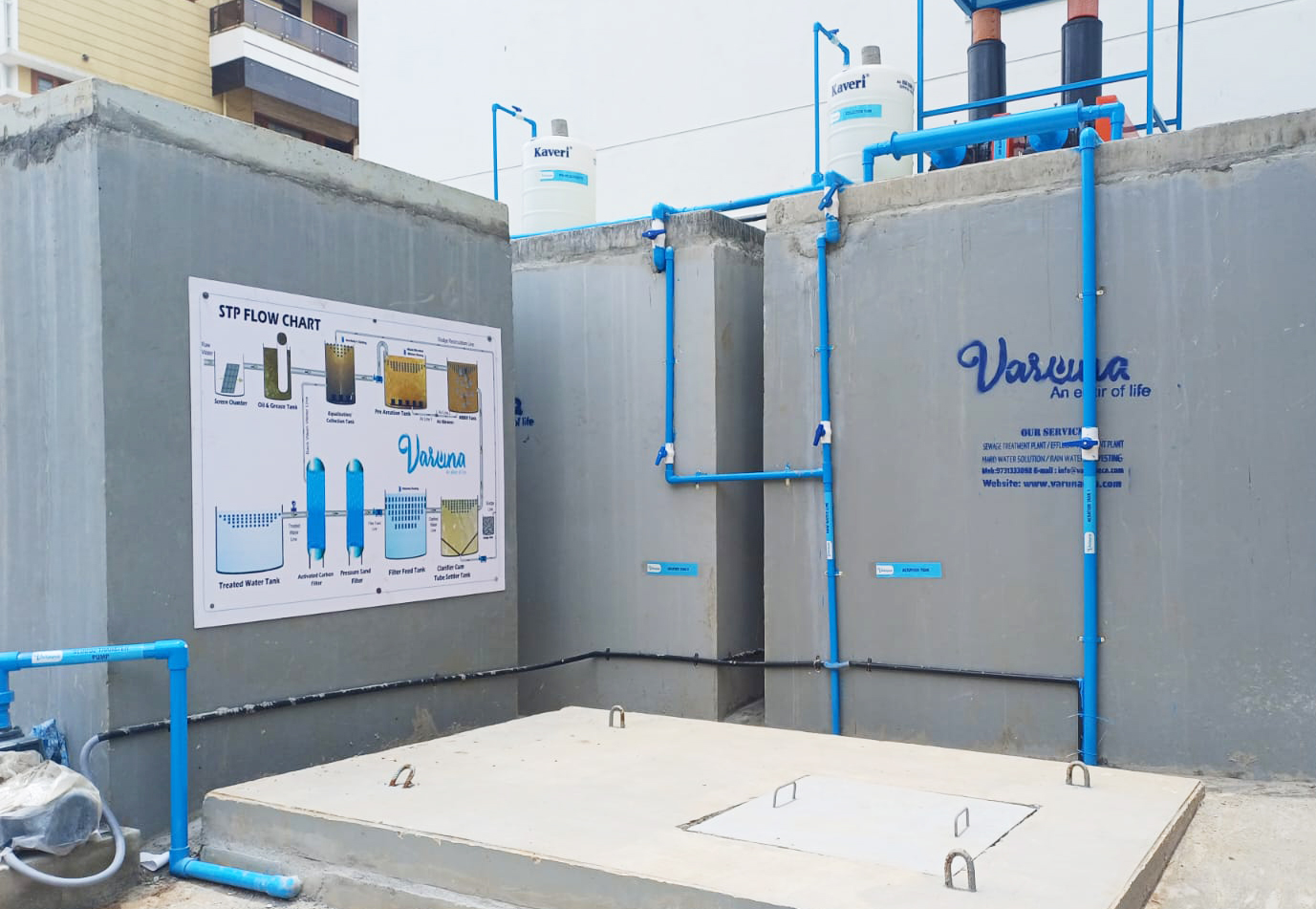
Best Sewage Treatment Plant for Apartments: A Comprehensive Guide
Discover how to choose the best sewage treatment plant for apartment complexes. Explore Varuna’s compact, compliant, and cost-saving solutions.
With urbanization on the rise, apartment complexes are generating substantial wastewater daily. A well-designed Sewage Treatment Plant (STP) is crucial for ensuring effective wastewater management, reducing environmental pollution, and conserving water resources. Choosing the best STP for apartments depends on factors such as capacity, efficiency, compliance with environmental regulations, and cost-effectiveness.
This guide explores the best sewage treatment plant options for apartments, their working mechanisms, benefits, and key considerations when selecting an STP.
Understanding Sewage Treatment Plants (STP)
A Sewage Treatment Plant (STP) is a facility designed to treat wastewater from households, apartments, and commercial establishments. It removes contaminants, ensuring that the treated water is safe for discharge or reuse.
Key Functions of an STP:
-
Removal of solid waste and organic matter
-
Breaking down harmful bacteria and pathogens
-
Reducing odor and chemical pollutants
-
Producing treated water for reuse in gardening, flushing, and cleaning
Types of Sewage Treatment Plants for Apartments
Different types of STPs are available based on treatment technologies. Below are the most effective ones for apartment complexes:
1. Moving Bed Biofilm Reactor (MBBR) STP
-
How It Works: Uses biofilm carriers in aeration tanks to break down organic matter.
-
Advantages:
-
Compact and space-efficient
-
Low maintenance
-
High treatment efficiency
-
Best For: Medium to large apartment complexes with moderate wastewater loads.
2. Sequencing Batch Reactor (SBR) STP
-
How It Works: Treats wastewater in batches, following multiple cycles of aeration and sedimentation.
-
Advantages:
-
Energy-efficient
-
Requires less land area
-
Produces high-quality treated water
-
Best For: Large apartment complexes with fluctuating wastewater generation.
3. Membrane Bioreactor (MBR) STP
-
How It Works: Combines biological treatment with membrane filtration to remove impurities.
-
Advantages:
-
Produces high-purity water suitable for reuse
-
Eliminates suspended solids and bacteria effectively
-
Requires minimal sludge disposal
-
Best For: High-rise apartments looking for advanced treatment with water reuse capability.
4. Conventional Activated Sludge Process (ASP) STP
-
How It Works: Uses aeration and sedimentation to treat wastewater.
-
Advantages:
-
Proven and widely used method
-
Cost-effective for large-scale treatment
-
Best For: Older apartment buildings where upgrading existing infrastructure is required.
5. Electrocoagulation (EC) STP
-
How It Works: Uses electrical charges to coagulate and remove contaminants.
-
Advantages:
-
Minimal chemical usage
-
Effective in removing heavy metals and toxins
-
Best For: Apartments looking for a low-chemical, sustainable solution.
Key Factors in Choosing the Best STP for Apartments
Selecting the right STP involves considering several factors:
-
Capacity and Load Handling – Ensure the plant is designed for the number of residents in the apartment complex.
-
Space Availability – Choose a compact or modular STP if space is limited.
-
Energy Consumption – Opt for energy-efficient systems to reduce operational costs.
-
Treatment Efficiency – Ensure compliance with local pollution control board standards.
-
Operation & Maintenance – Consider systems with lower maintenance and easy operational requirements.
-
Cost Considerations – Balance between initial investment, running costs, and long-term benefits.
-
Reuse Potential – Select an STP that allows treated water reuse for gardening, flushing, and other non-potable applications.
Benefits of Installing an STP in Apartments
-
Environmental Protection: Prevents pollution and promotes sustainability.
-
Water Conservation: Treated water can be reused, reducing freshwater demand.
-
Regulatory Compliance: Meets government norms and avoids legal penalties.
-
Cost Savings: Reduces water and sewage disposal costs in the long run.
-
Enhanced Property Value: Eco-friendly apartments attract environmentally conscious buyers.
Conclusion
Investing in the best Sewage Treatment Plant (STP) for apartments is crucial for sustainable urban living. Whether choosing MBBR, SBR, MBR, ASP, or EC-based systems, apartment owners and residents must consider capacity, efficiency, space, and cost when making a decision. With the right STP in place, apartments can reduce environmental impact, save costs, and promote a healthier living environment.
If you're planning to install an STP for your apartment complex, consult with wastewater treatment experts to find the most suitable solution for your needs.

